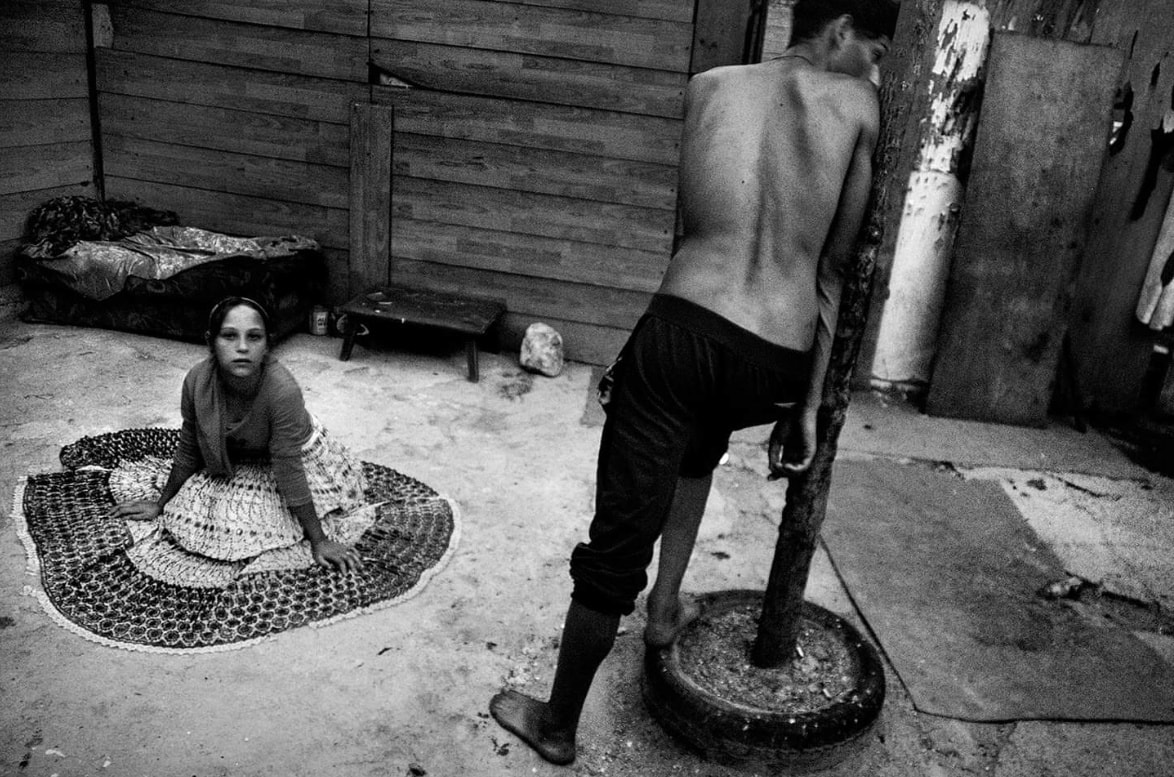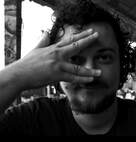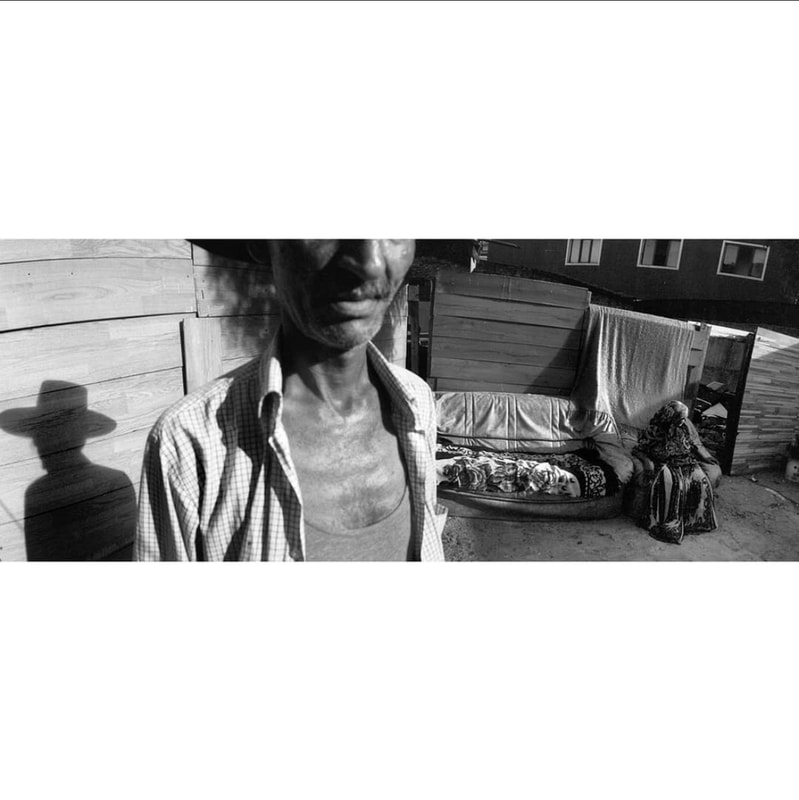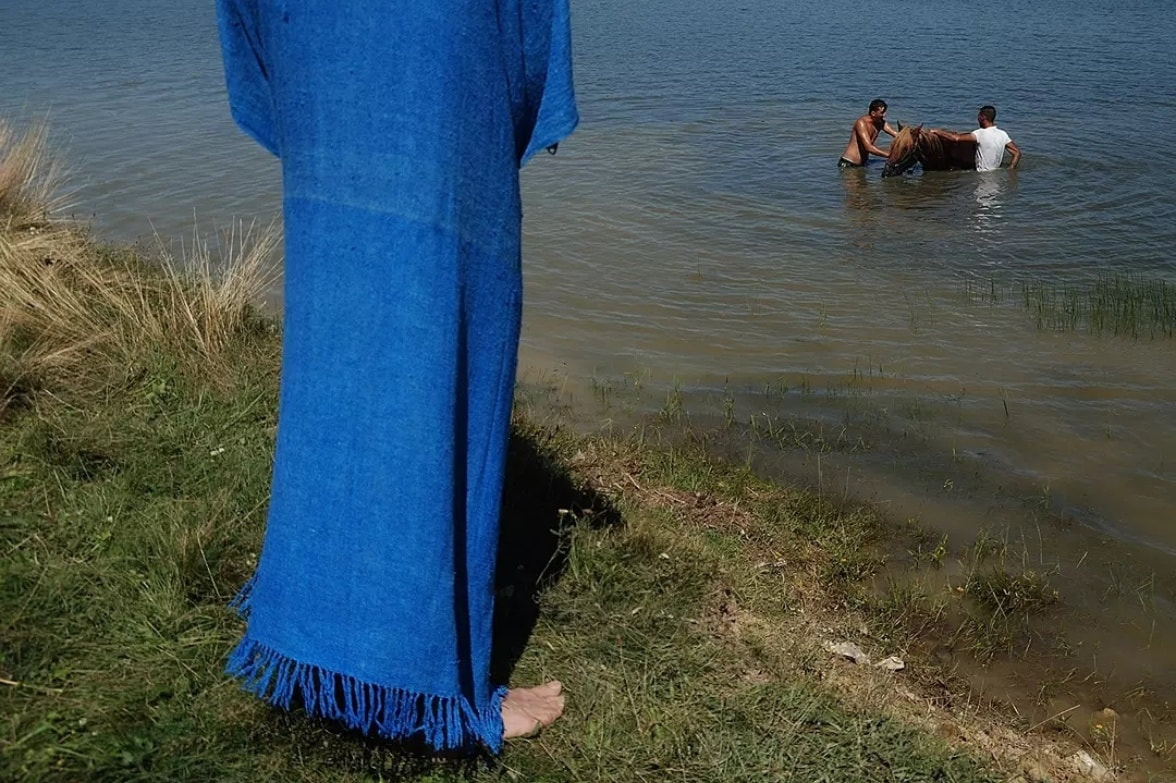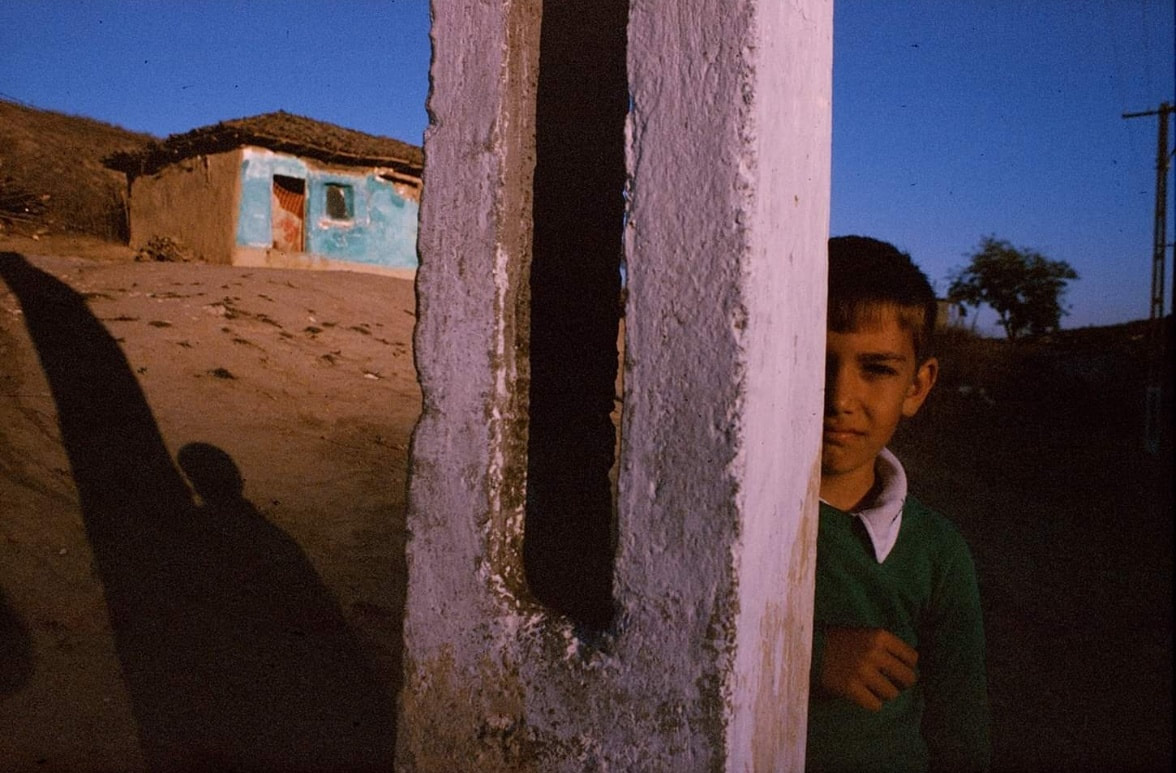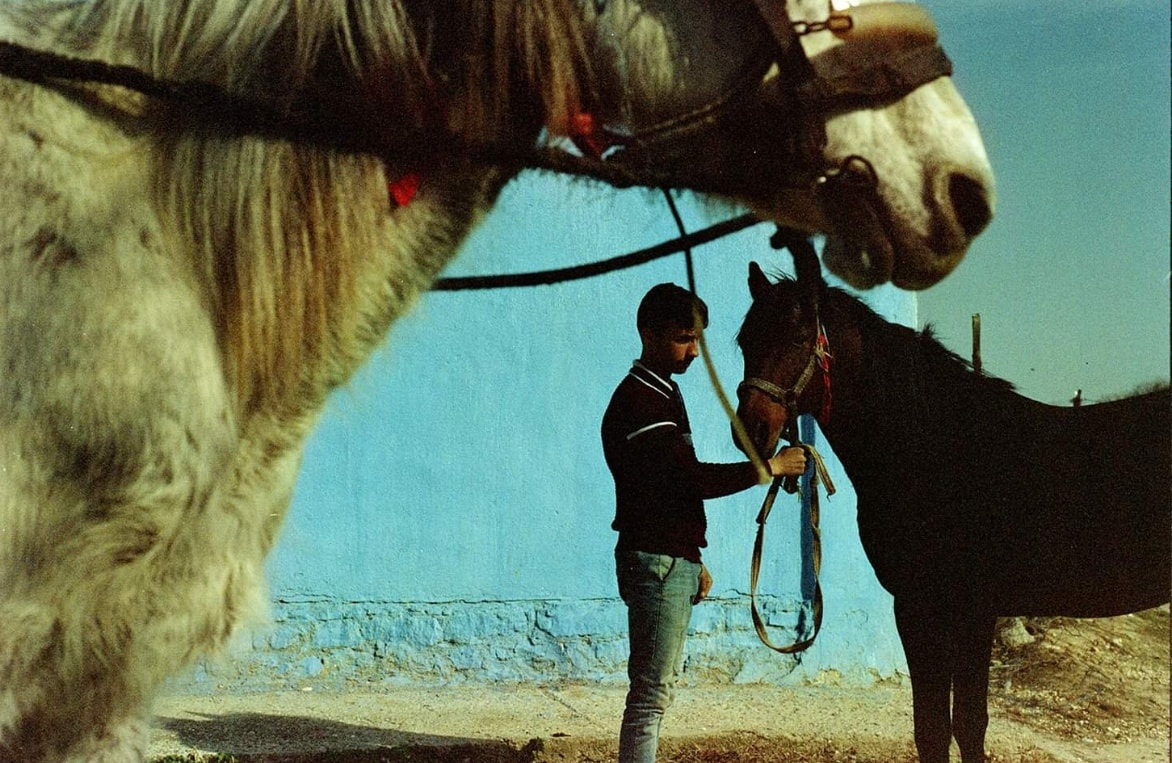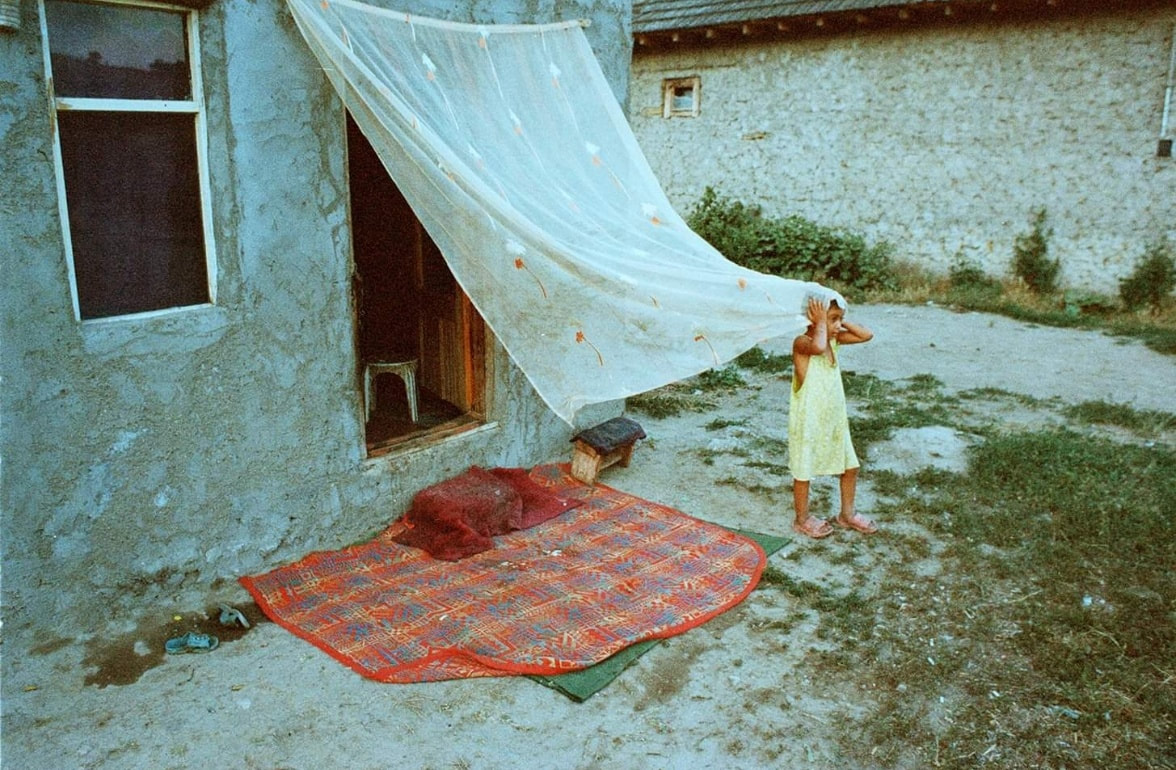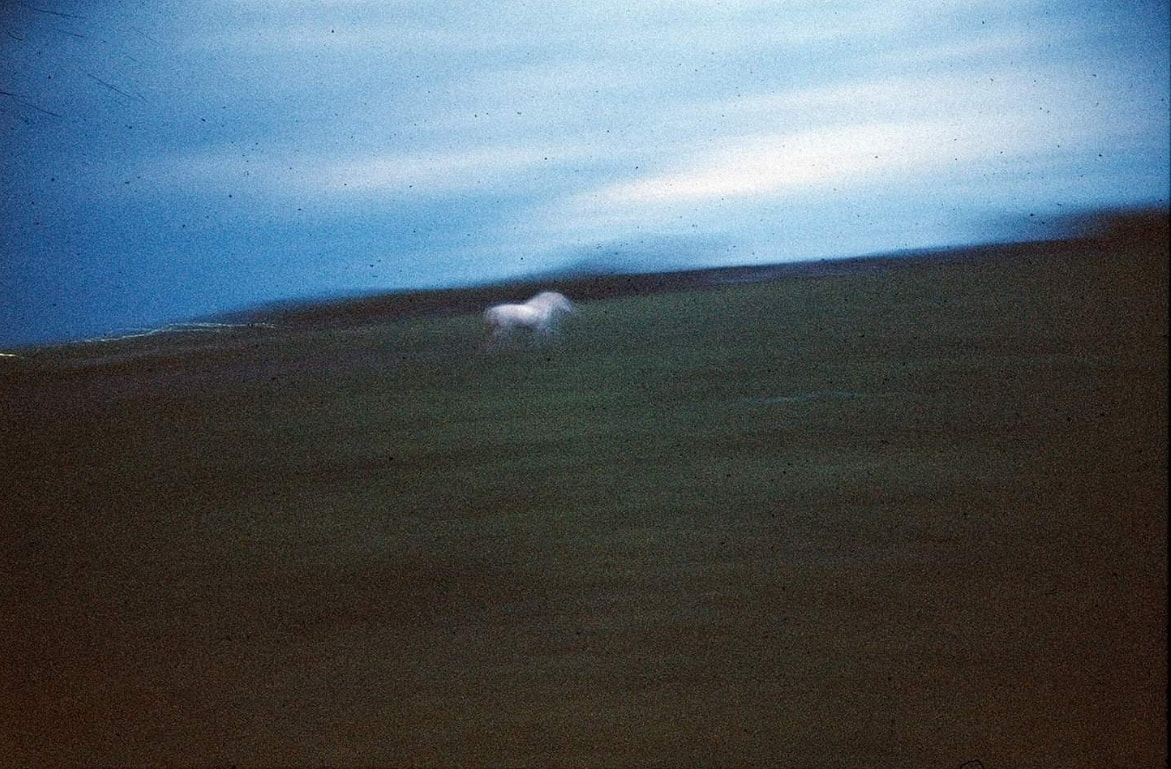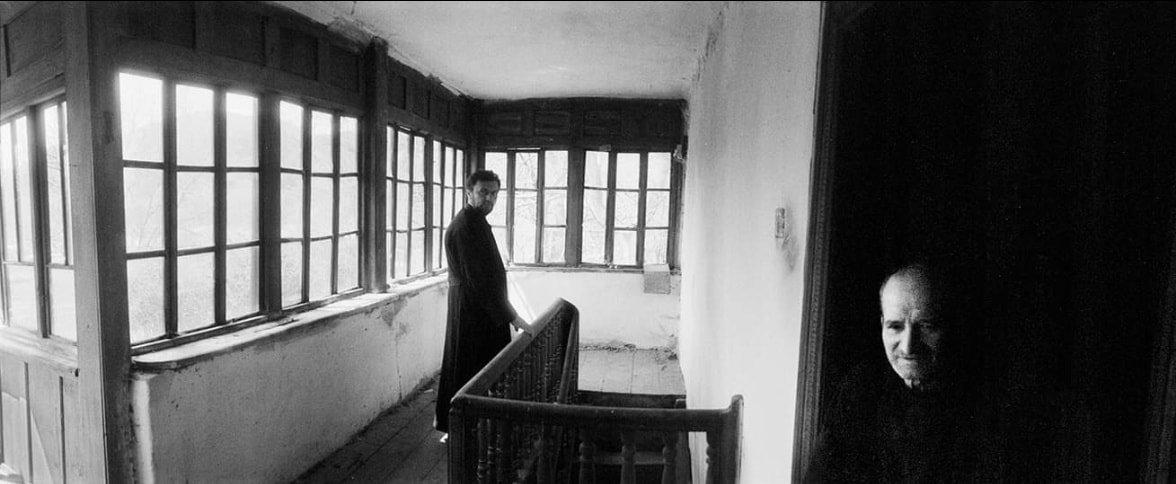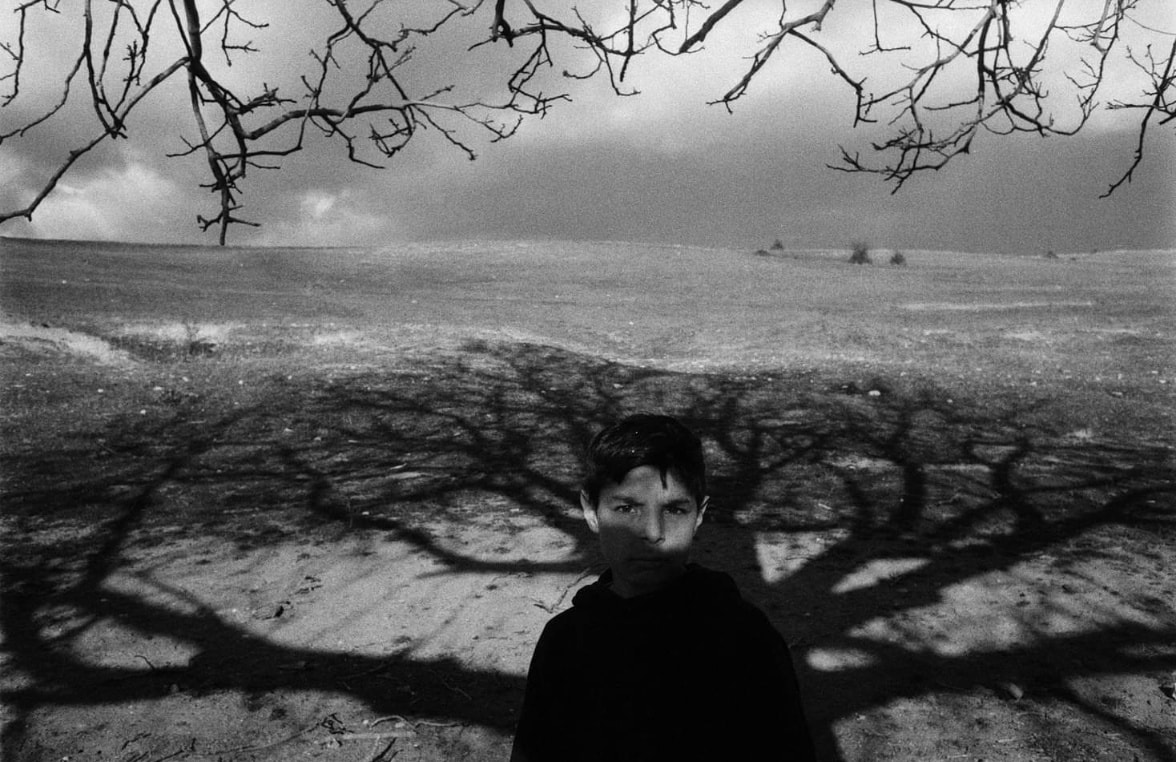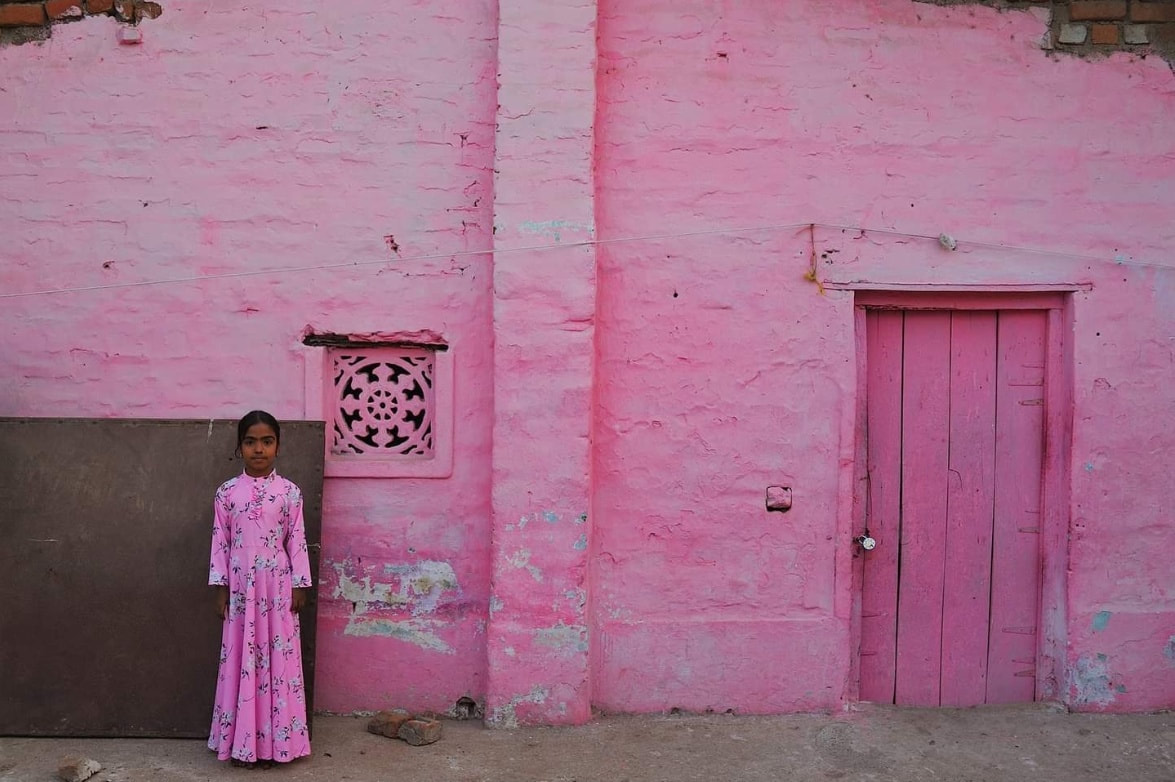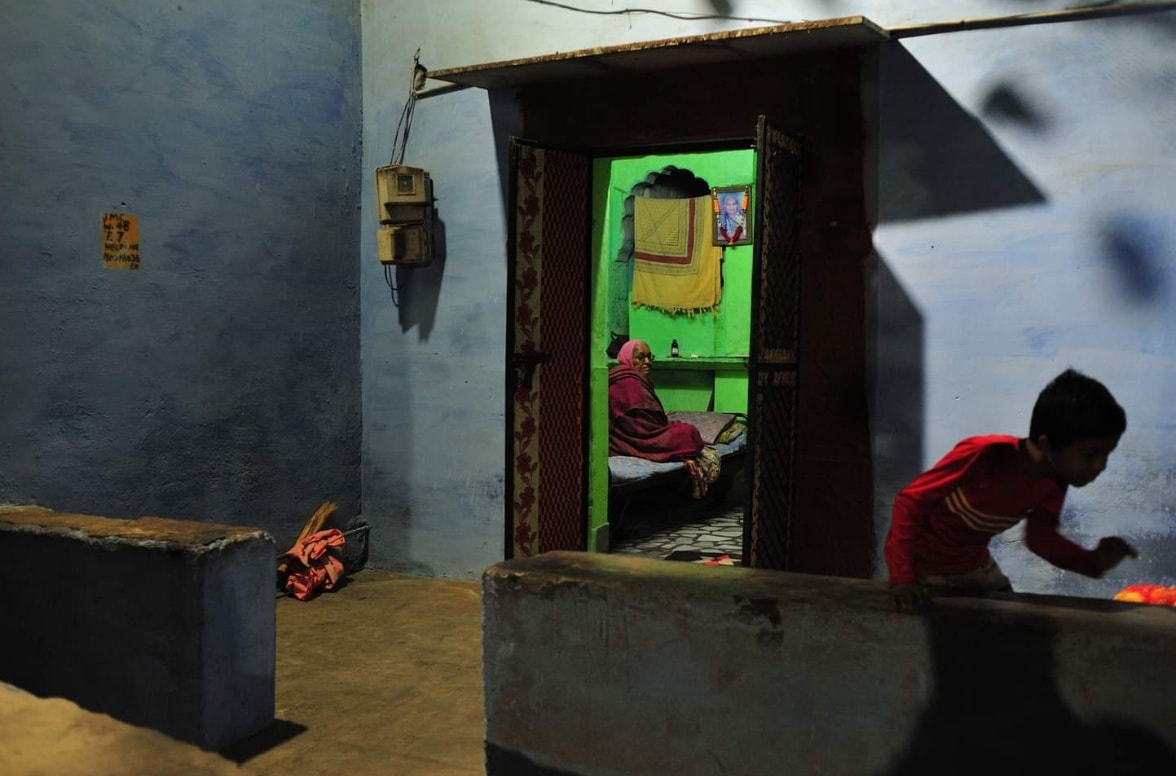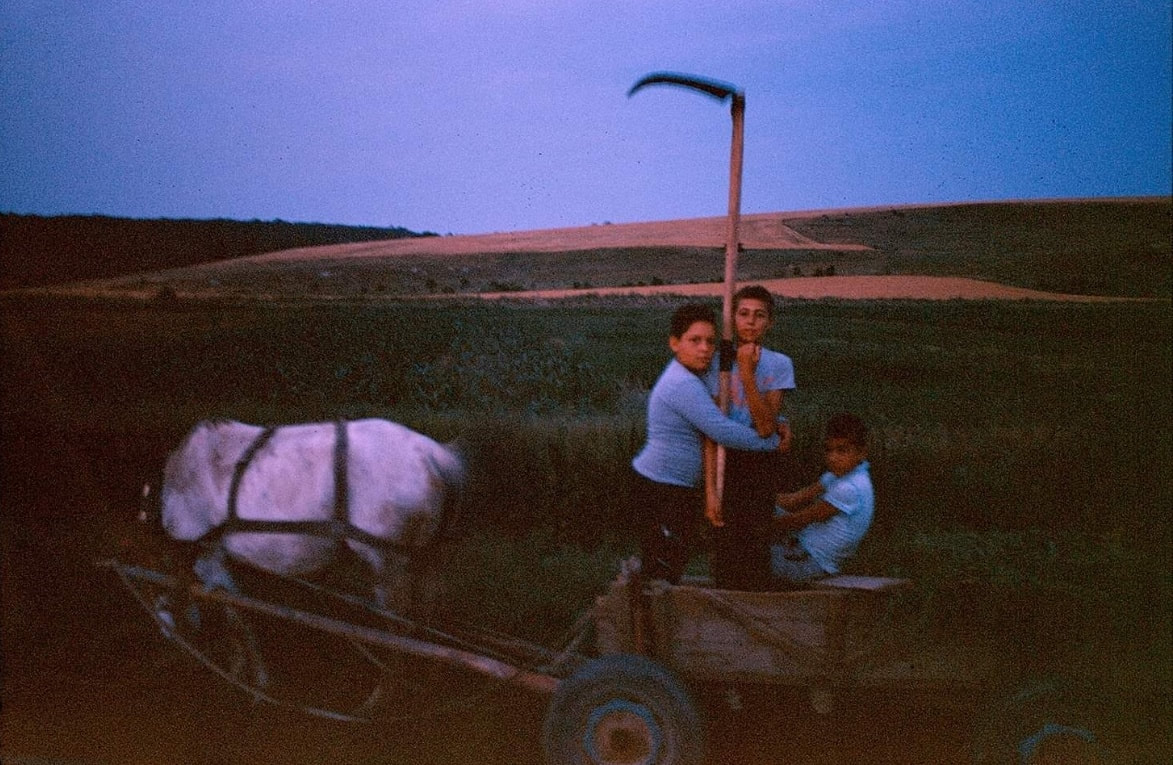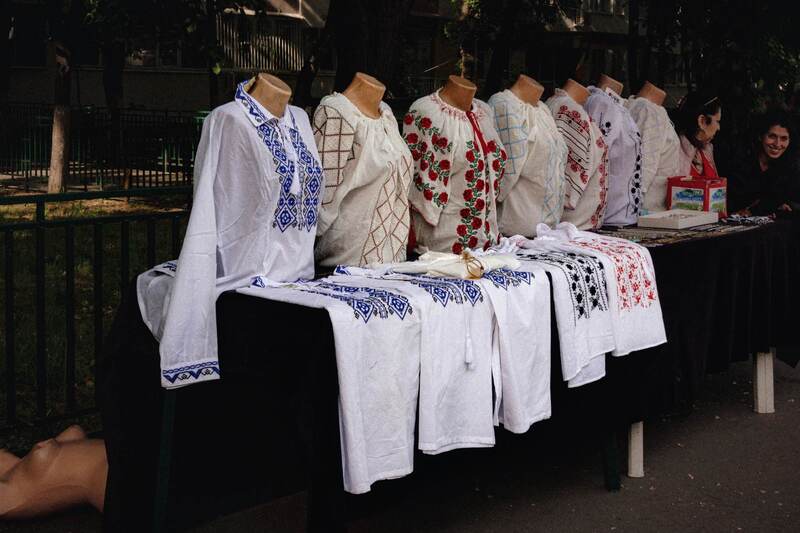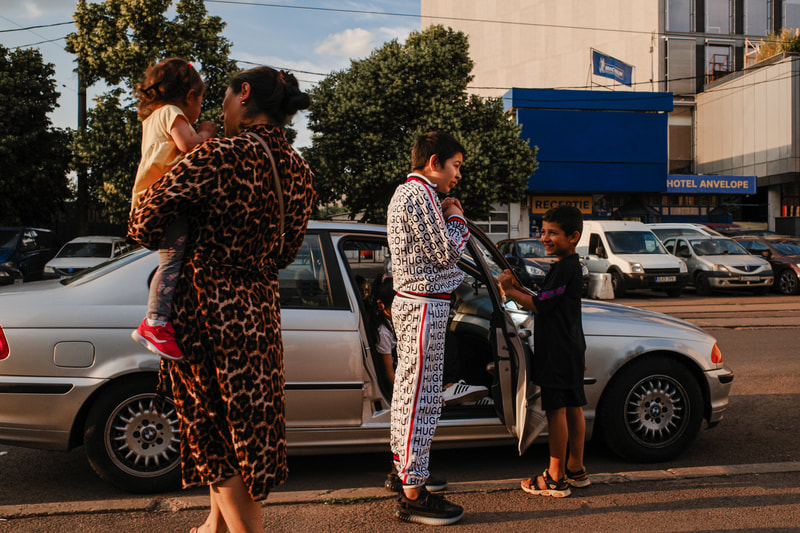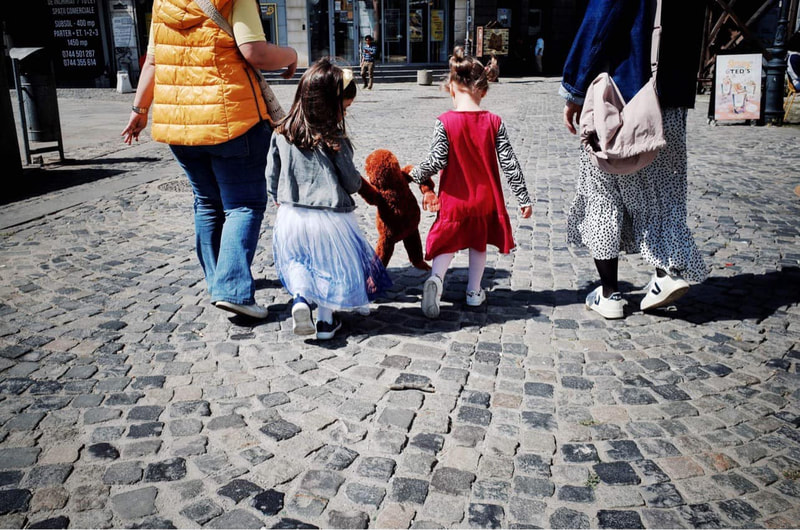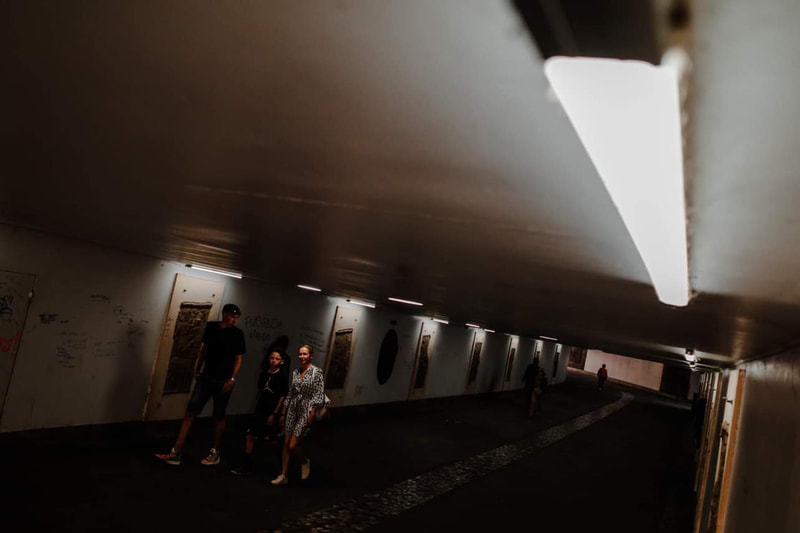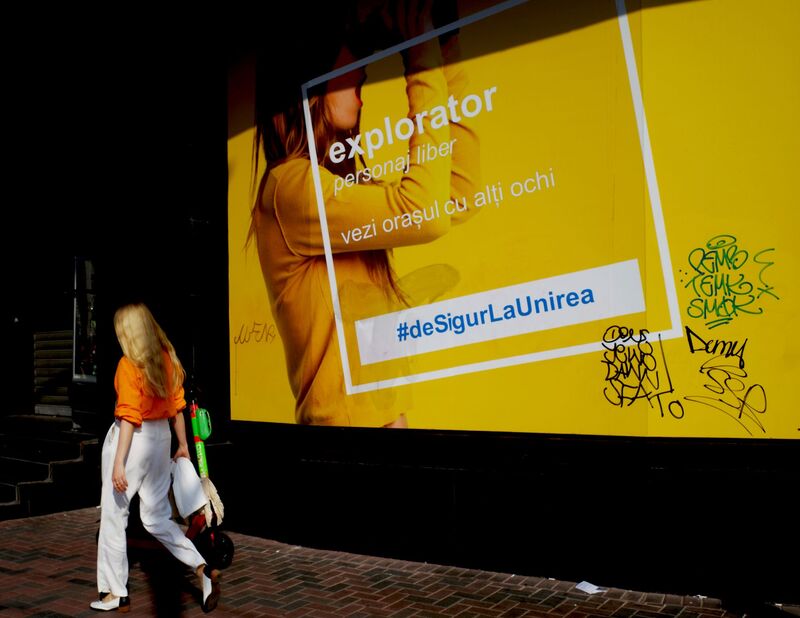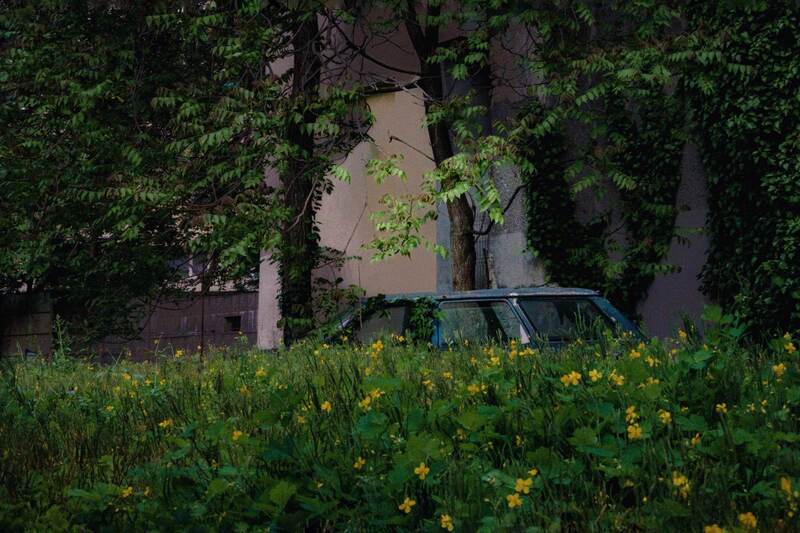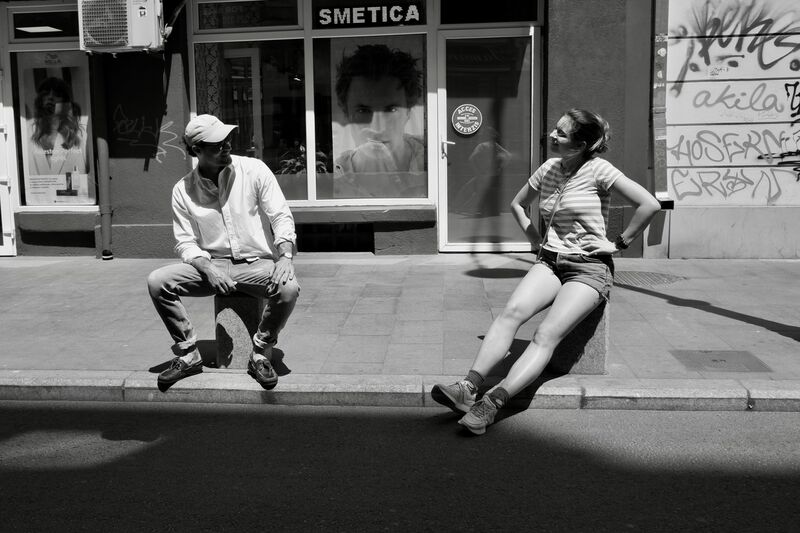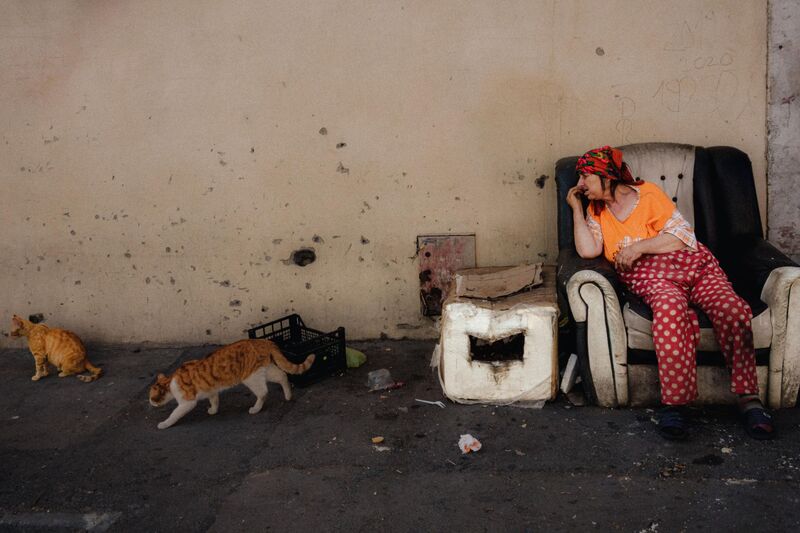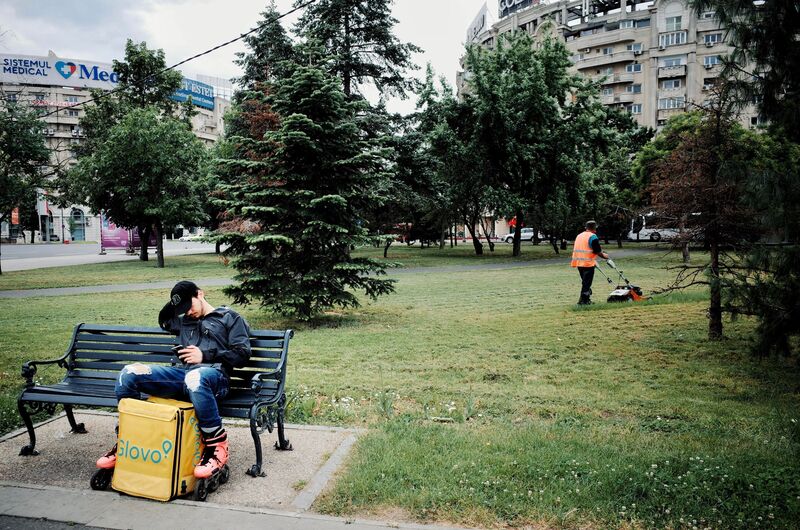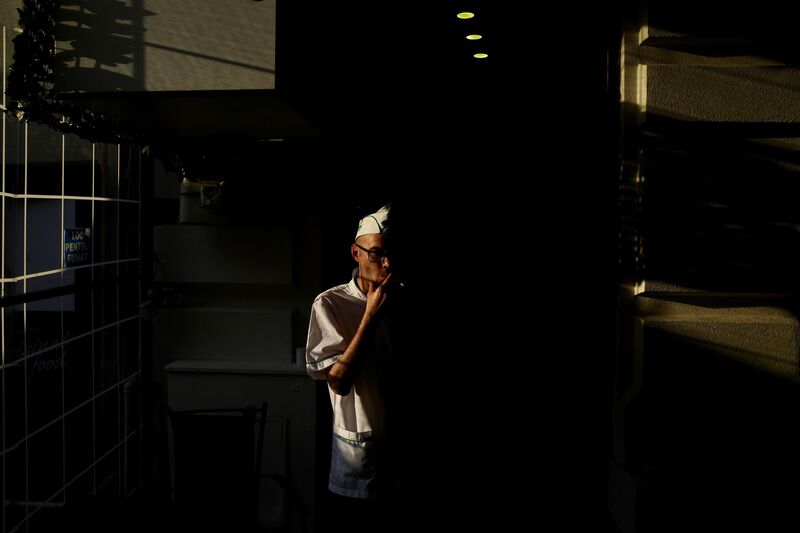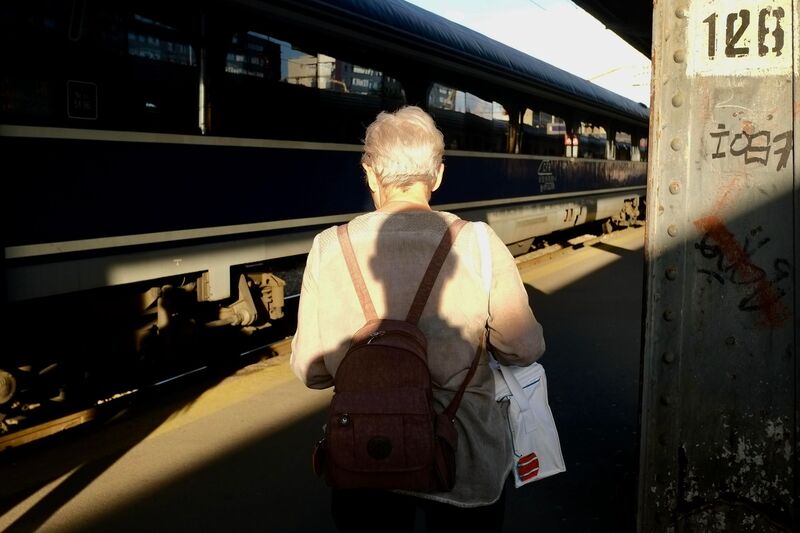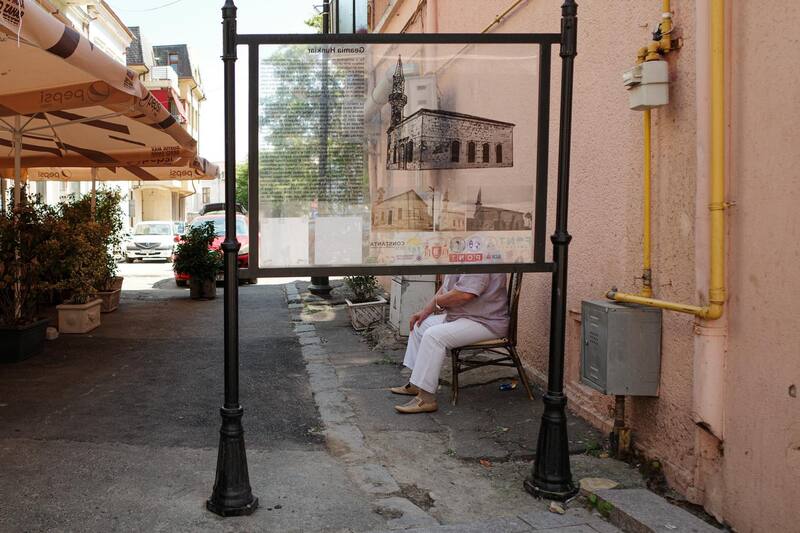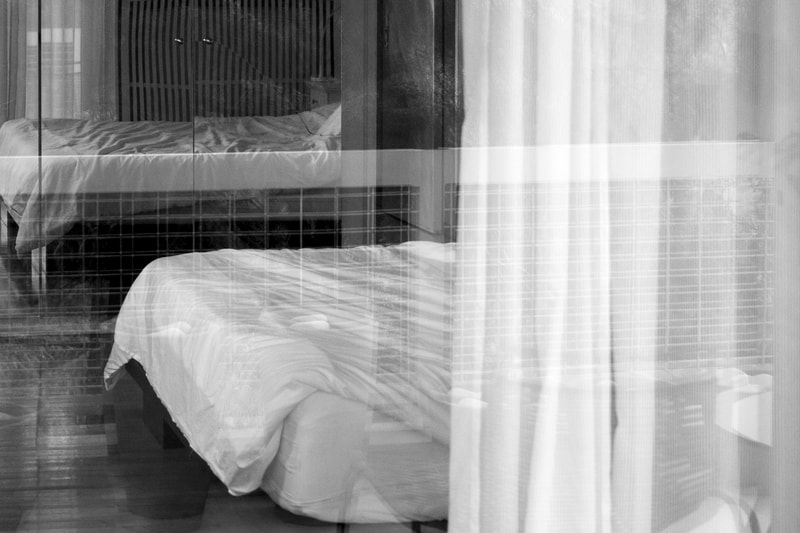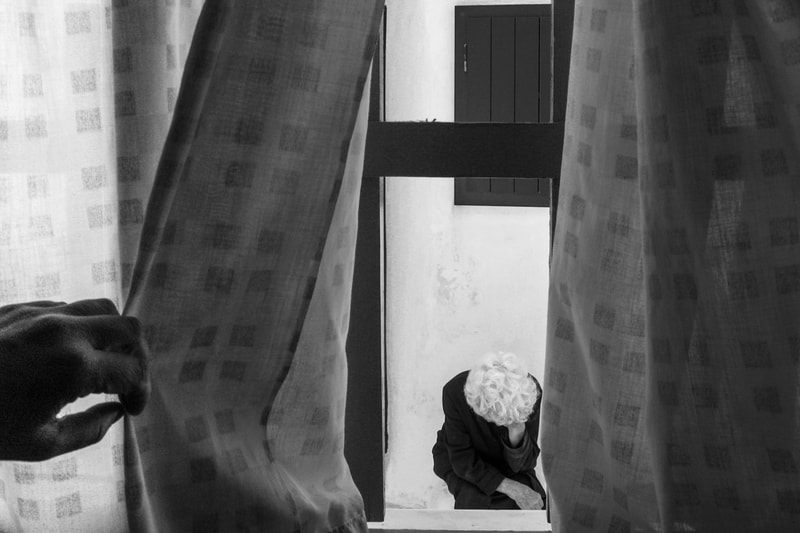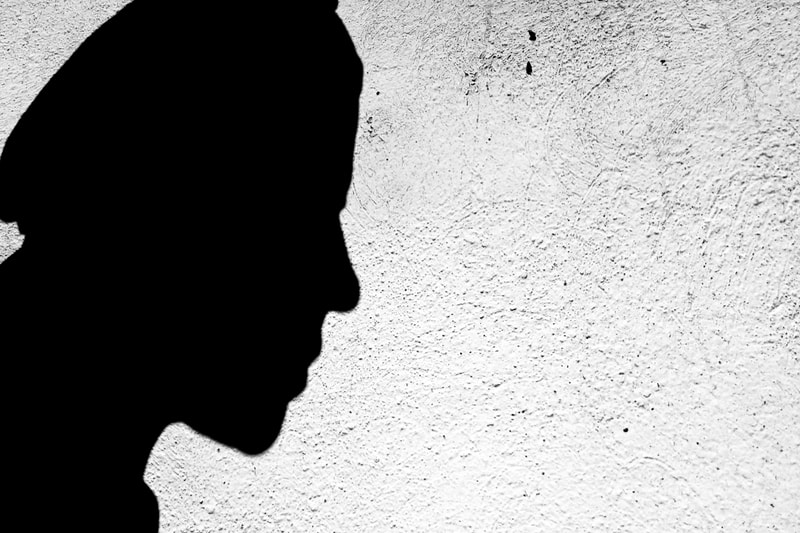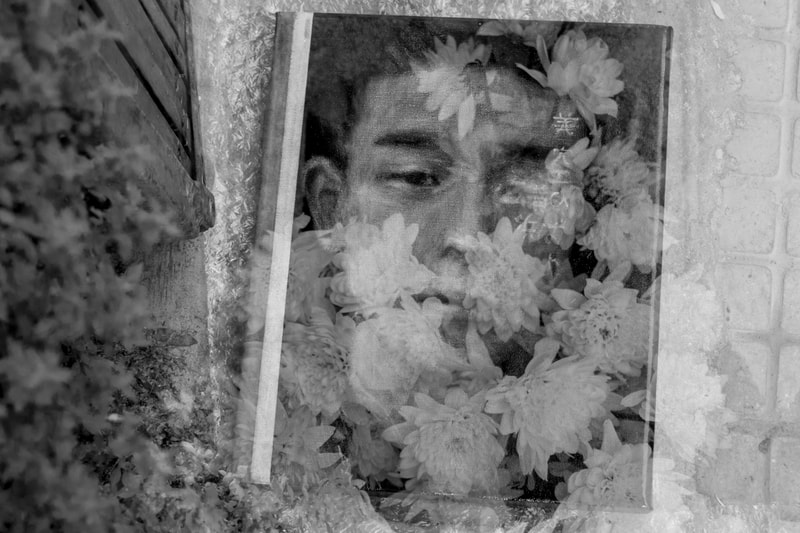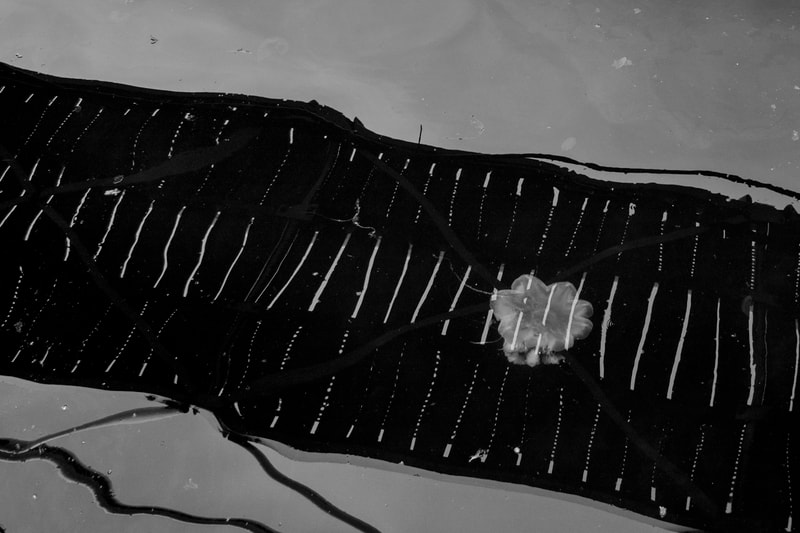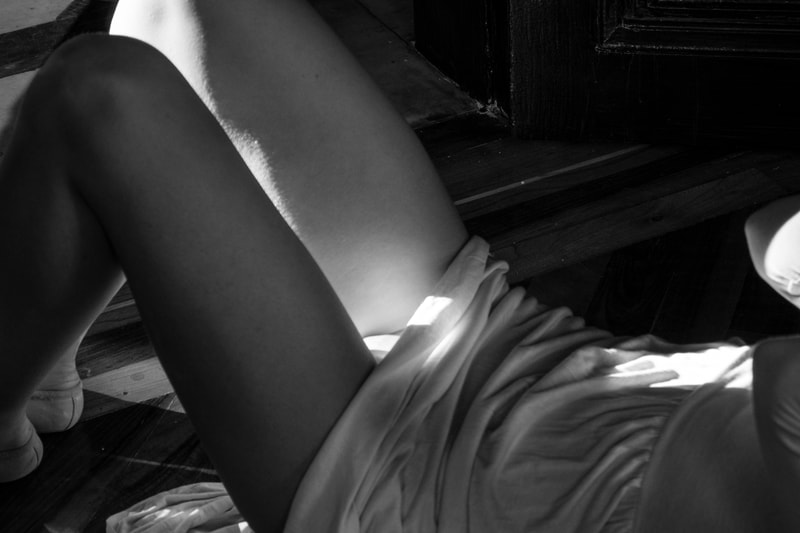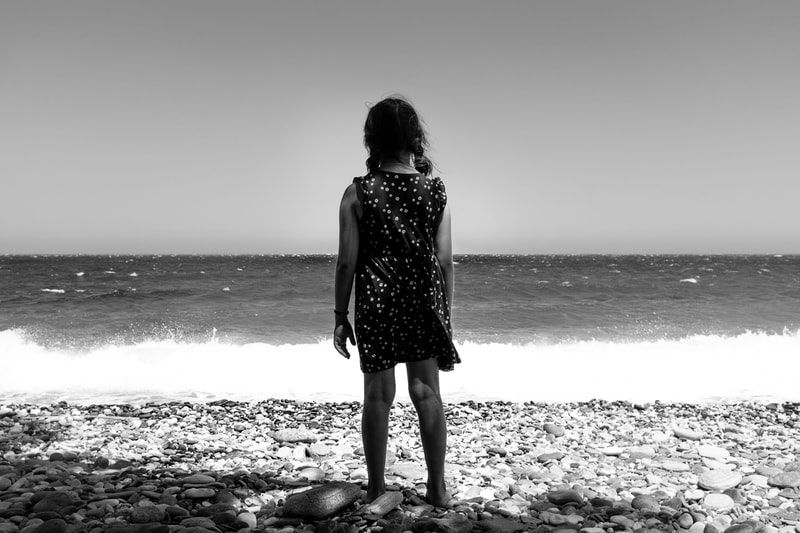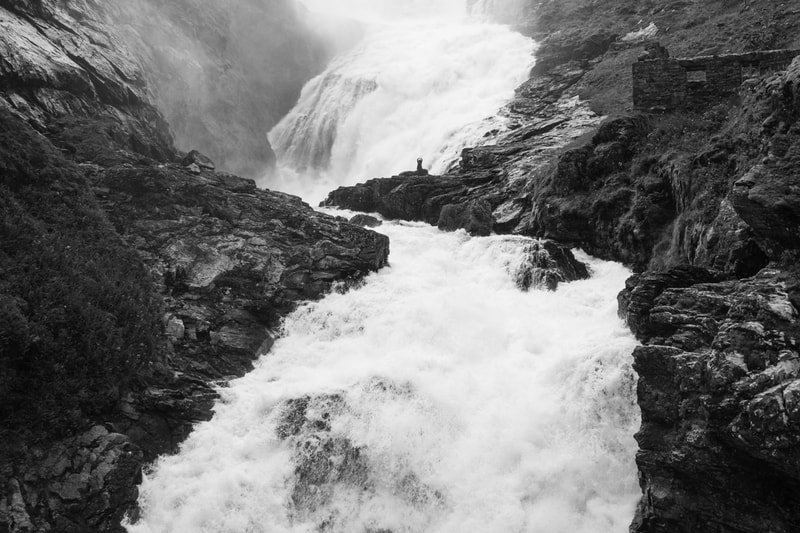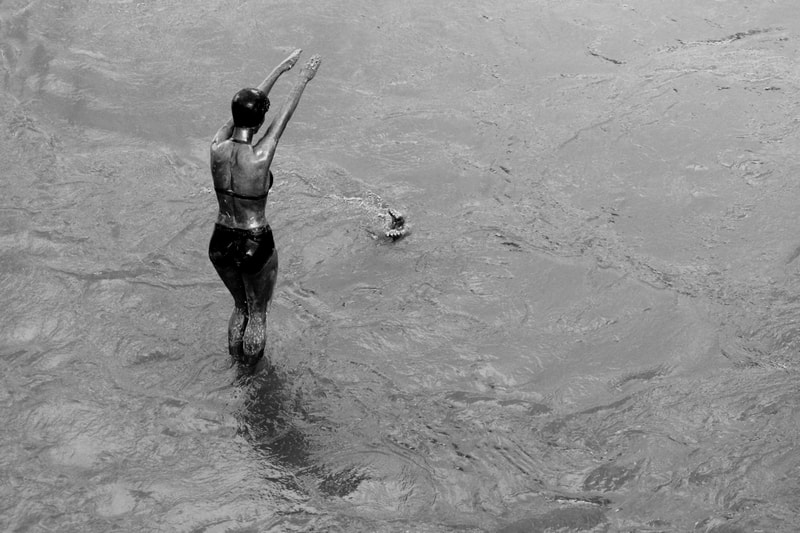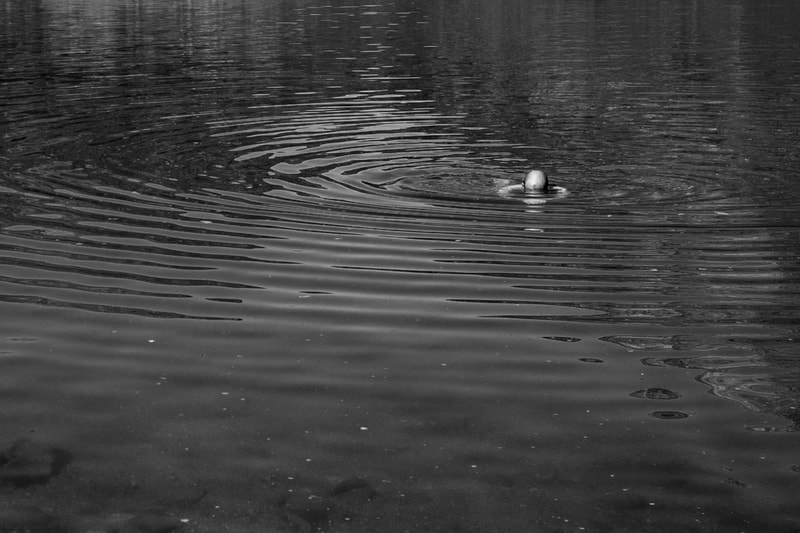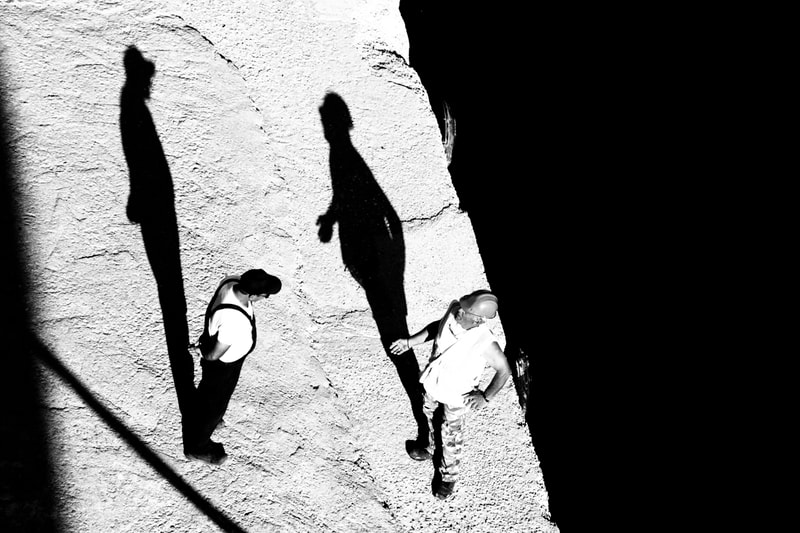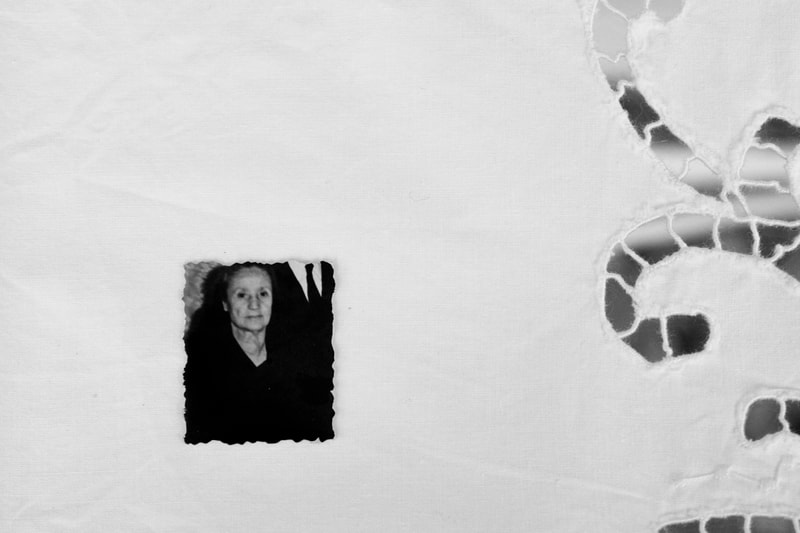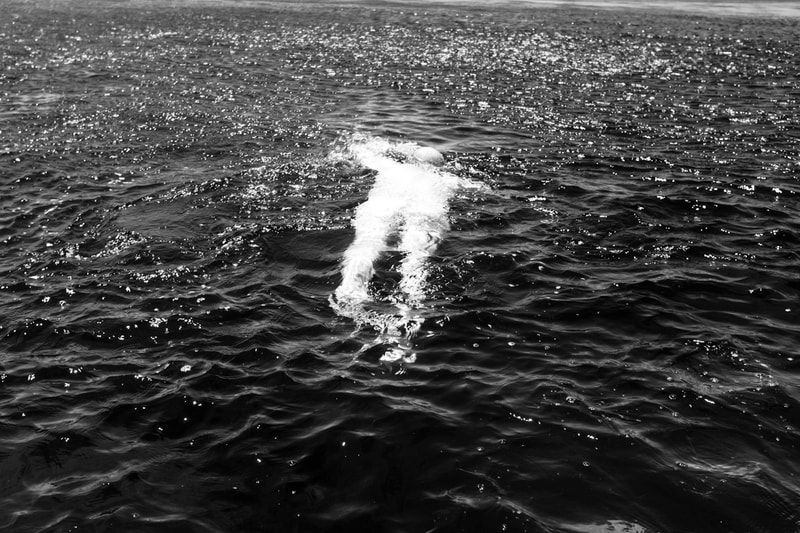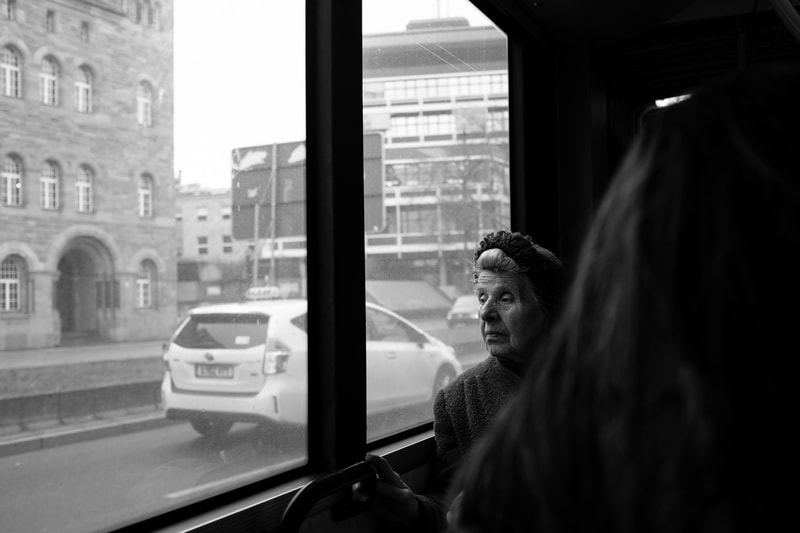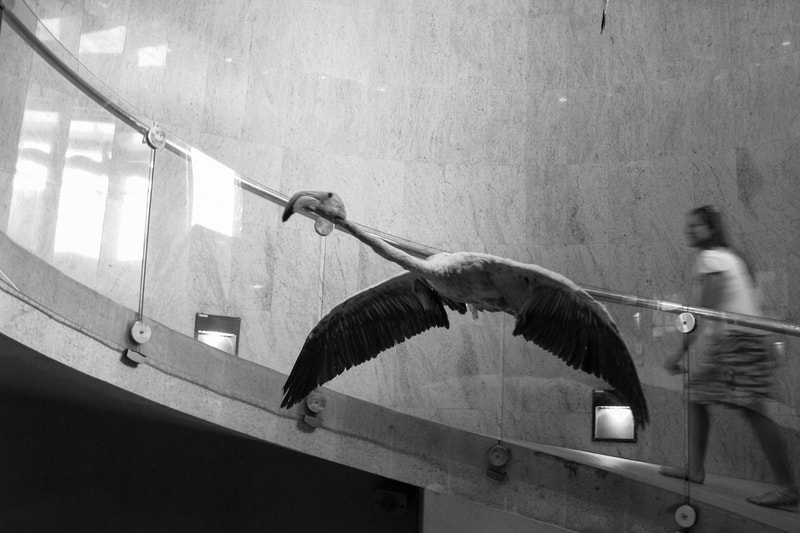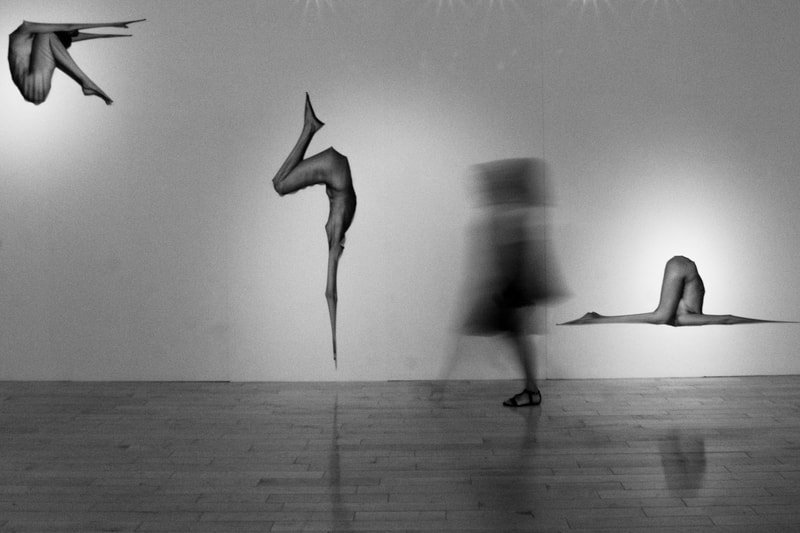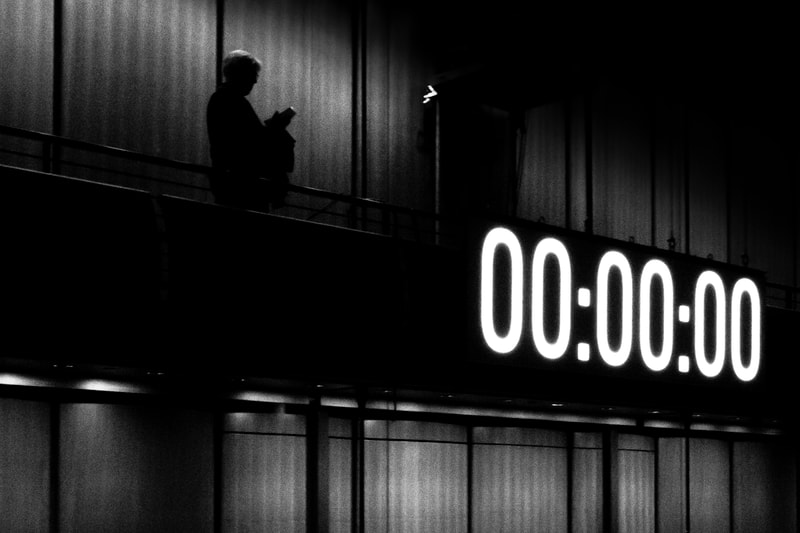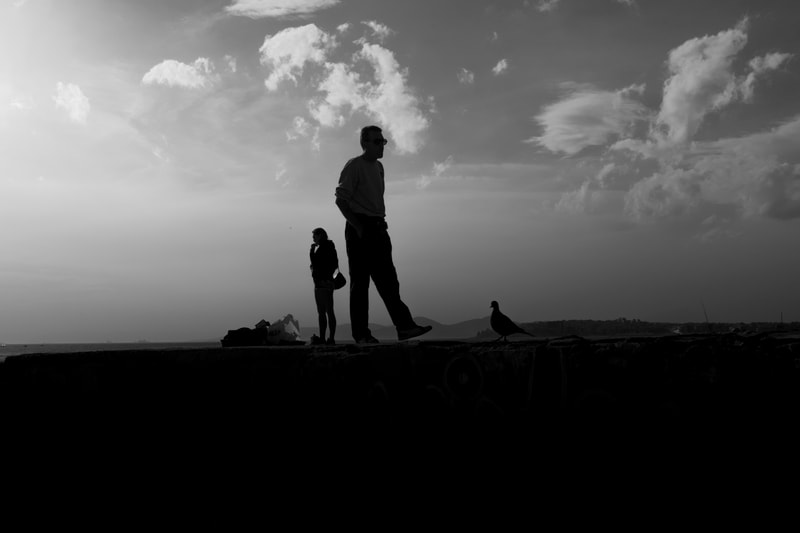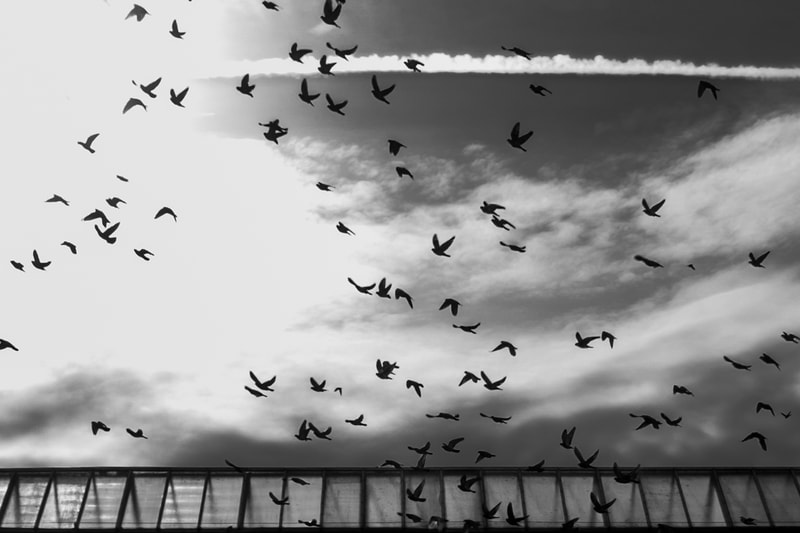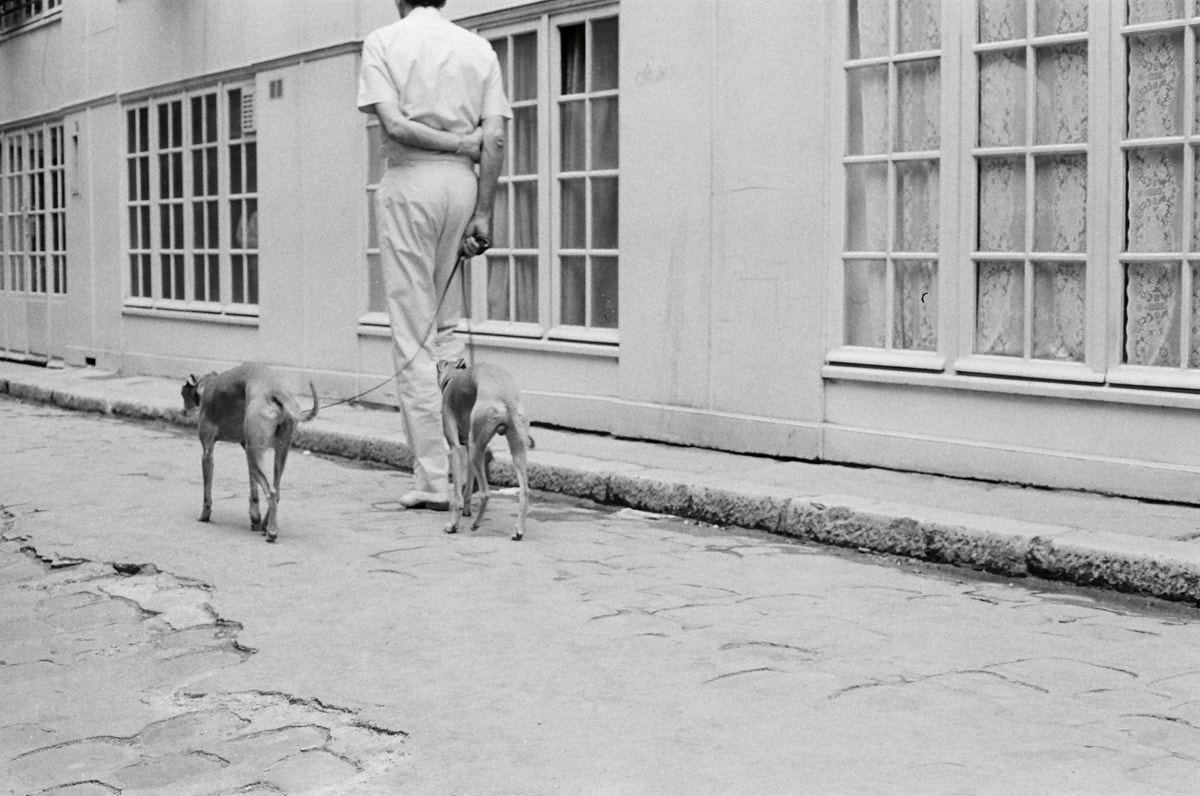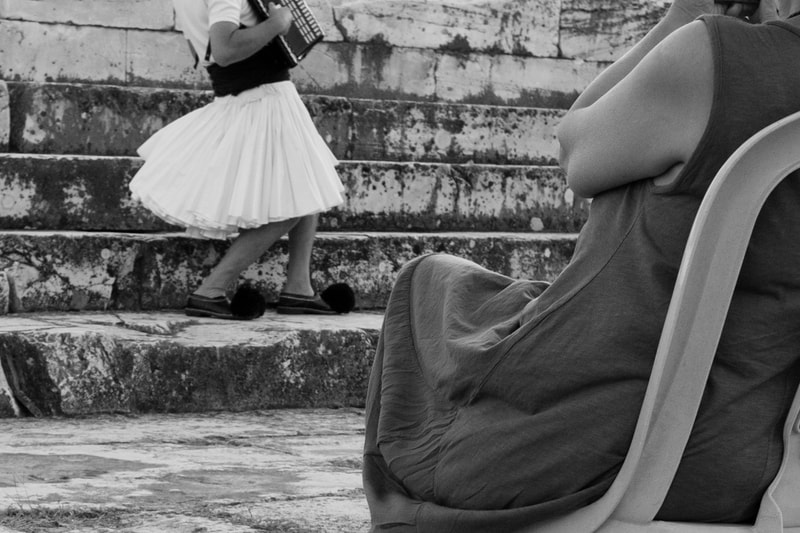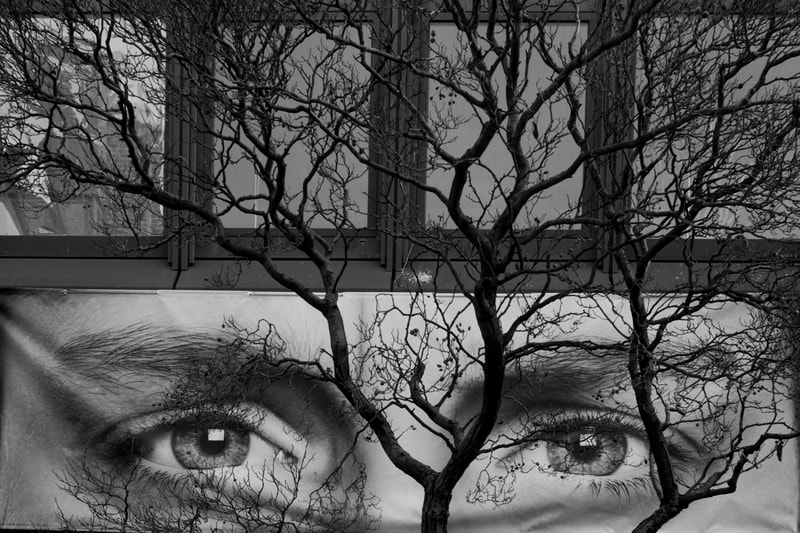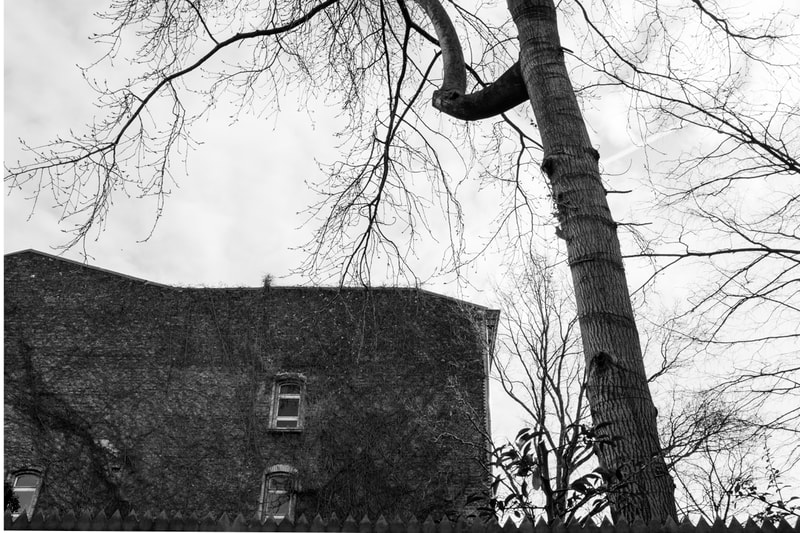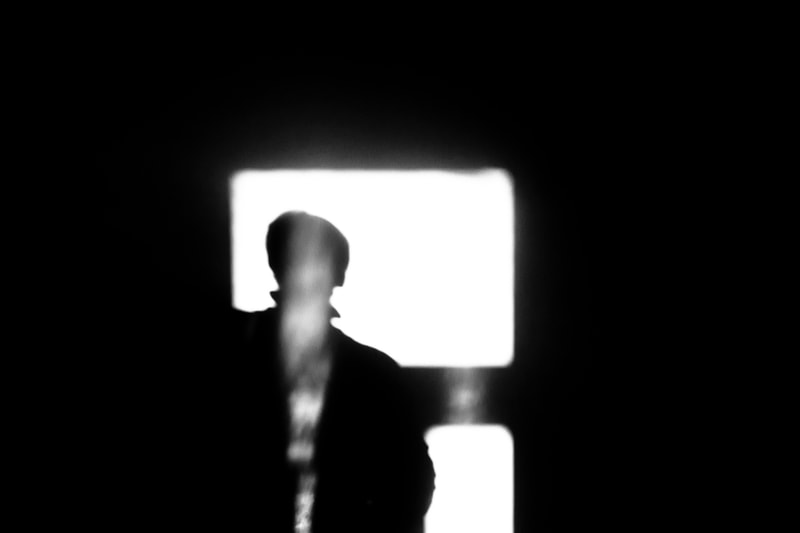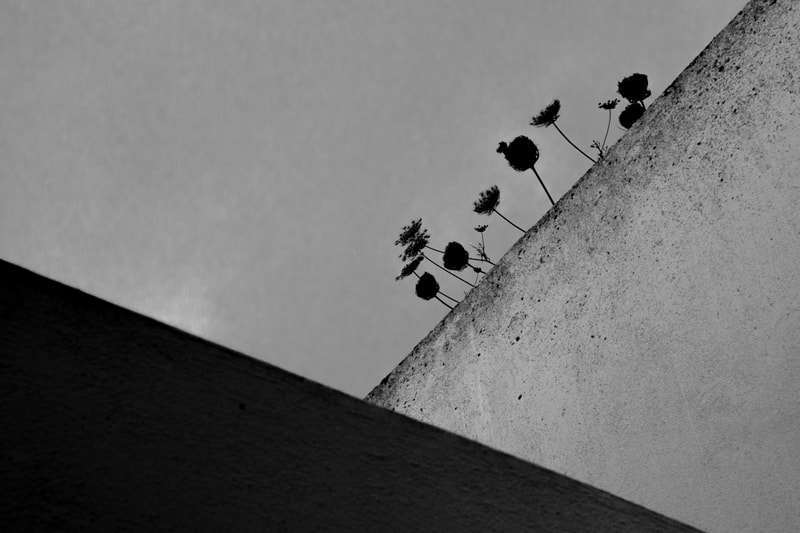LATEST NEWS
from the Balkan photography
"The world I live in is a fractured, distraught and bewildered chaos from which I'm trying to rekindle a sense of order through the expression of form, colour and emotion.” More published work of his can be found on:
Under the guidance of SCP, BULB and PHOS a new workshop saw the light where you don’t hear about shadows, reflections, kids, animals, how to wait, how to hunt, how to shoot from the back, from the top, from the hip. Not a word about buses, trains, homeless, anecdotes, contre-jour or blur. You don't even hear about great photographers or the history of photography … no definitions, bibliography or conclusions. For a good and noble reason! You can find all the above on the Internet. Even better: you don’t need it.
During May 2023, our editor Mihai Marcolt prepared and held the first of the Balkan series of this workshop. The workshop took place in the streets of Bucharest during 5 weeks. It included: Portfolio reviews, coaching, individual shooting and group shooting. The only prerequisites were: 1. Who is Antonino? (read and describe in a couple of lines the photographer of Italo Calvino’s ‘the adventure of …”). 2. Performant Camera (fast Autofocus or Pre-focus). Know your gear and basic photography theory. 3. Shoot when in suffering (this is not a leisure activity, come at least hungry and tired). 4. The picture taken is the end of the process (no extensive post-processing) 5. No interaction with the subjects (except courtesy and legal constraints) Photographers Cornel Petrescu, Cezar Niculescu, Dana Dinca, Cristi Mihailescu, Dan Stanila, Alexandru Hornea, Gabriel Barbulescu, Anastasia Marcolt and Mihai Marcolt produced some genuine street frames during the group and the individual shooting. An exhibition with their work is opening on June 13, 2023 in Bucharest (https://www.facebook.com/events/s/balkan-urban-league-bucharest-/186527694049068) interviewed by Vicky Markolefa Interview with Dimitra Kitsiou on her photobook Inverse Trajectories. Take us through your photographic journey's most important stops. I'm a self-taught photographer who began exploring photography alongside my studies at the National Technical University of Athens. I was initially driven by curiosity and inspiration from great photographers, but gradually, photography became my means of play, expression, understanding, learning, and communication. I started with black and white analog photography, and after a few years of intense activity, I slowed down and continued taking photos occasionally. Eventually, I transitioned to digital photography. Up until 2016, photography was a private matter for me. It wasn't until the end of that year that I participated in my first photography seminar, "Photography and Memory," at the Hellenic Centre of Photography. Since then, and especially after 2018, I've been actively involved in the photographic process by taking many photos, attending courses and lectures, and participating in photography groups. A significant milestone for me was the publication of the photobook "Inverse Trajectories" (Luminous Eye Editions) and its presentation in December 2021, along with my first solo exhibition of the same title. What is the story of ‘Inverse Trajectories? How and when did the idea come up, the selection process, refining the look & feel of the publication… indulge us. In 2019, I decided to attend the portfolio development seminar of Vassilis Gerontakos, who became my tutor and editor for the next three years. I was driven by an internal need to organize my work and share a coherent part of it with others. As Tarkovsky said, "self-expression is meaningless unless it meets with a response." The photobook format was ideal for showcasing my work as a tangible object and allowing others to revisit it repeatedly. Working with an editor for the first time, Vassilis was the perfect choice. The selection process was lengthy and served as a learning experience for me. Over one and a half years, the project took shape before our eyes, with new photos created during the editing period. The pandemic shifted the way we cooperated, mostly online. The final look & feel of the book was decided in the last stage, opting for a "classical" format that emphasized the images themselves. With Luminous Eye Editions supporting the project, Pavlos Pavlidis joined us to design the book. And, which parts of the process did you enjoy most and which proved slightly more challenging than expected, if any? There is a huge gap between conceiving an idea and actually driving it to completion. I rely on taking action. When in doubt, I try it out. I enjoyed the journey and the questions that every single photo poses, even when I was feeling fatigued and had second thoughts. The most challenging step was the last one: printing! I was lucky to print my book in one of the best fine art book publishing houses in Greece, Kostopoulos Printing House. I closely followed the process from start to finish, especially as the presentation date drew close and the possibility of a second lockdown was looming. Thanks to everyone's help, we made it in time. In the introduction, you describe it as a ‘visual diary’, a term which evokes a sense of disclosure. ‘Transformation’ and ‘Memory’ also seem to hold leading roles. What are the basic elements of it and why are they important? The photos in the book were not initially intended to form a book; they represent visual words of a text ultimately compiled by the viewer. The images depict various aspects of life, weaving a narrative where past and present, joy, solitude, people, and places interrelate in a transformative way. While I don't consciously hide or explain anything, my obsessions often reappear in my pictures. This sense of disclosure is inevitable when sharing one's work. I believe I convey my truth in an allusive manner, echoing Emily Dickinson's words, "Tell all the truth but tell it slant /.../ The Truth must dazzle gradually / Or every man be blind." The book was published in 2021, in the echo of the pandemic. How did that, if it did, influence some of your choices? While most of the book's content predated the pandemic, the process of putting together a meaningful narrative was influenced by the shift to virtual cooperation. The pandemic coincided with my decision to devote more time to photography. Contrary to what other photographers experienced, I took many photos during this period, some of which found their way into the book. This is your second book, after “Fleeting Glances” published in 2019. What lessons did you carry through which were useful while putting together ‘Inverse Trajectories’? "Fleeting Glances" was an experimental self-published project limited to 20 copies. Its main lesson was the desire to collaborate with an editor on a future project. "Inverse Trajectories" was a more ambitious production, involving a team focused on the quality of publishing and a larger print run, taking advantage of economies of scale in offset printing. Many photographers are thinking -and dreaming- of publishing their work. Share with us your most valuable pieces of advice. Photobooks are booming! Publishing a book is not a necessity for all photographers but, if it's a personal need, understanding why is an integral step in the process. Planning, budgeting and flexibility come into play, as well as trust in your vision and the right team to help. As a project manager, I believe this mix is key when deciding to publish a book. What are your plans for the future? Are you working on a new project we could be expecting soon? I'm used to working on multiple series simultaneously. This is an essential time to brainstorm and experiment. I don't have a set timeline for my next project, but I'm planning to create another photobook. With the experience gained from "Inverse Trajectories," I'm researching potential new editing and publishing techniques. Short bio / Links / Handles
Dimitra Kitsiou is a freelance consultant, project manager, and certified business coach based in Athens, Greece. She has been creating photographs for almost thirty years, with a more active involvement since 2018. Dimitra has participated in numerous group exhibitions and held her first solo exhibition at the Luminous Eye gallery in Athens in December 2021. She has published the photo-zine "Fleeting Glances" (2019, self-publication) and the photobook "Inverse Trajectories" (2021, Luminous Eye Editions). Her work has been featured in online magazines in Greece and abroad. https://www.instagram.com/d_n_k_gr/ https://www.facebook.com/dimitra.kitsiou/ Inverse Trajectories photobook video Inverse Trajectories exhibition video |
